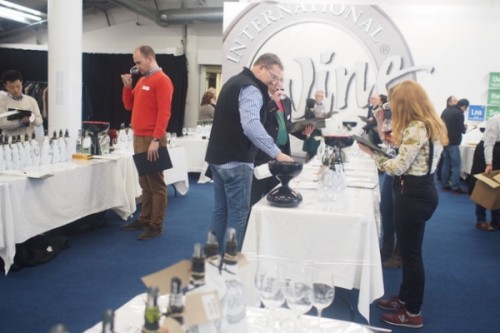
Yesterday was the first day’s judging at the International Wine Challenge (IWC). Taking place at the Oval Cricket Ground, which has been an excellent home to the challenge for the last few years, it’s a major operation with 20 tables of five judges working hard all day. This first week involves four days of sifting through all entries (and there are lots – there were around 15 000 last year, although numbers aren’t talked about openly because it just ends up in an arms race with another large UK-based competition). We are looking to see whether the wines are medal worthy or not, and those that pass through will come back next week to be looked at in more detail. A team of co-chairs checks all the rejected entries this week as a back-up mechanism to make sure that no good wines have been unfairly rejected, and also to harmonise standards.
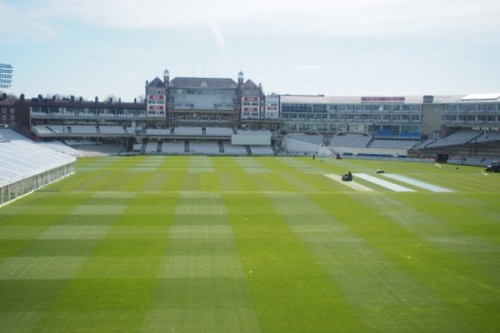
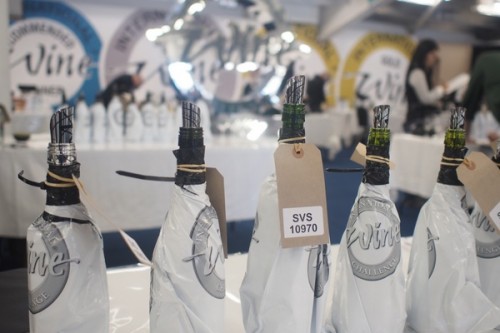
I had a lovely team yesterday. One of the strengths of the competition is that places to judge are sought-after, so the organizers can be picky about who they choose. Everyone is subject to peer feedback, including us panel chairs. If anyone shows a track record of poor performance, they don’t get asked back. If anyone excels, they can be promoted from associate to judge, then to senior judge, and eventually panel chair. Promotion is based on performance, and at the end of the two weeks we panel chairs get a report on how well we and our teams performed, showing areas where we need to develop and congratulating us where we have done well.
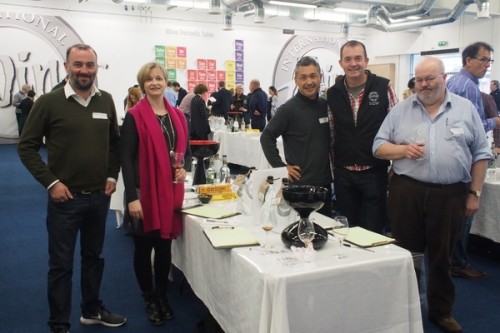
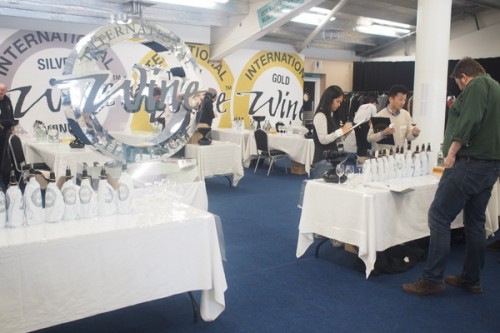
So, this was how our day looked:
- Flight 1 New Zealand sparkling wine – pretty good
- Flight 2 Brouilly – some nice wines, some very commercial ones
- Flight 3 South African Sauvignon Blanc – poor wines unfortunately
- Flight 4 Cabernet-based reds from the Veneto – these were a bit strange
- Flight 5 Barolo – as you’d expect, a few nice wines and some ordinary ones too
- Flight 6 South African Chardonnay – pretty good, some nice wines
- Flight 7 Minervois – not as good as we were expecting
- Flight 8 Pouilly Fuissé – a small, strong flight
- Flight 9 Spanish reds – a short flight of three oddities that weren’t nice
- Flight 10 Douro reds – some smart wines here
- Flight 11 Douro whites – a bit underwhelming
- Flight 12 Greek reds – these weren’t very good alas, Greece can do much better
- Flight 13 Turkish reds – ditto
- Flight 14 20 year old tawny Port – a very strong flight and a good way to finish
As you can see, it’s a varied diet of wines, and this helps to keep the palate fresh. It’s also a great way to get a snapshot of what is going on across the world of wine. With 103 wines in all, it’s a comfortable number to taste because we aren’t taking detailed notes. Repeat this for two weeks, and the experience you gain as a taster is immense.
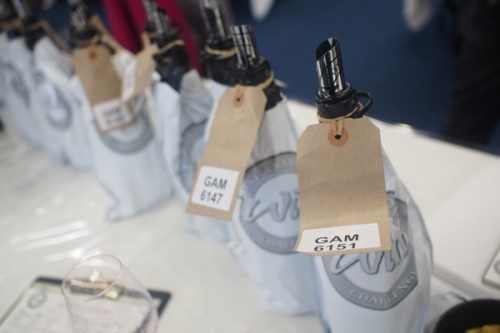
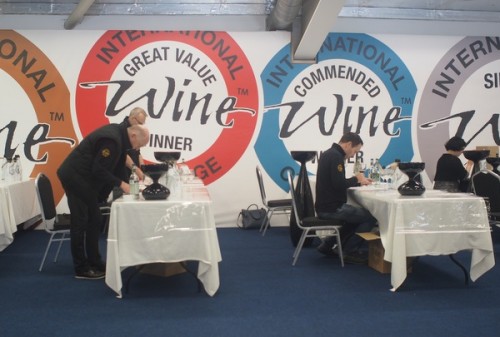
7 Comments on Judging at the International Wine Challenge, day 1


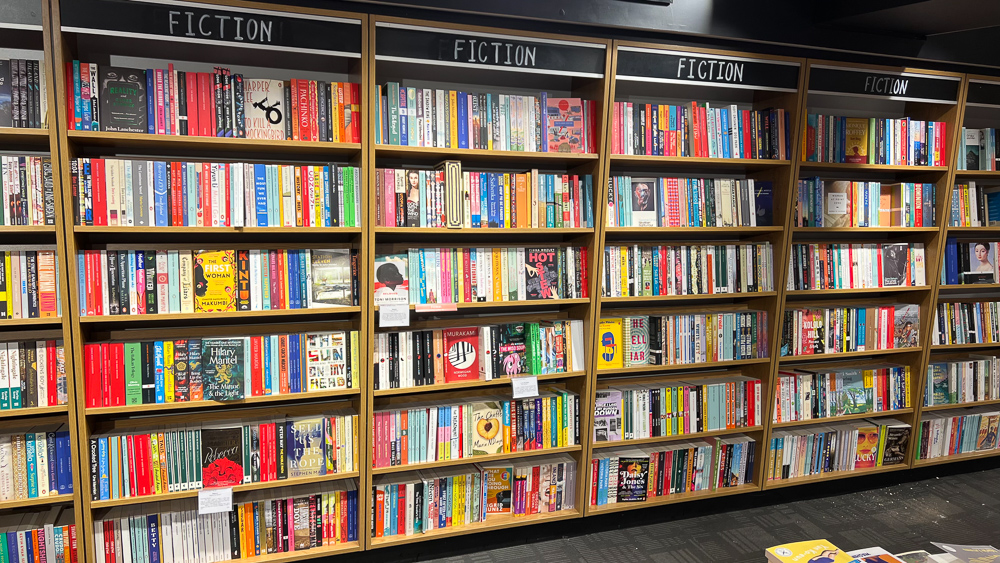
I’m surprised about the South Africans savs – was there any particular reason why you didn’t rate them?
How is “performance” measured? Based on how many medals you dish out, how many wines you get through in a day…?
Sounds all a bit school prefect-ish.
Sounds amazing. Always interested in how tasting so many wines affects your views on them. I know from my experience doing small tastings of red and whites that some wines i have enjoyed when tasting on their own dont taste so good when you have them after trying 3 or 4 others. How do you account for this when you are tasting so many?
I’ve still no idea what an IWC recommendation means. It apparently doesn’t mean the wine in question offers good value for money as (unlike the Decanter awards for example) price is not taken into consideration. So that can only mean it is judged on a more abstruse Olympian level: it is excellent of its type. But then does that preclude commercial or more fruit-driven, sweet, oaky international styles that many punters still seem to enjoy? According to Jamie’s brief notes the answer would be yes. Commercial styles are boring, right? But that’s not been my experience with IWC where gold medal winners are often bland international crowd-pleasers with little sense of terroir or place. Perhaps the criteria have changed at IWC but some clarity and transparency would be welcome as to exactly what the judges are looking for and what is being rewarded.
I am as surprised as Giles regards SA Sauv Blanc.
I’m never convinced by these huge tastings. Most of the good wine sells out so doesn’t need to be entered for these events, others do not want the risk of being measured against other producers. Take say Cornas or Cote-Rotie, are the top producers represented, no. Too often the wines I have read about and might buy are not lincluded..
I’m interested in how performance is measured too. Are you not able to discuss this?